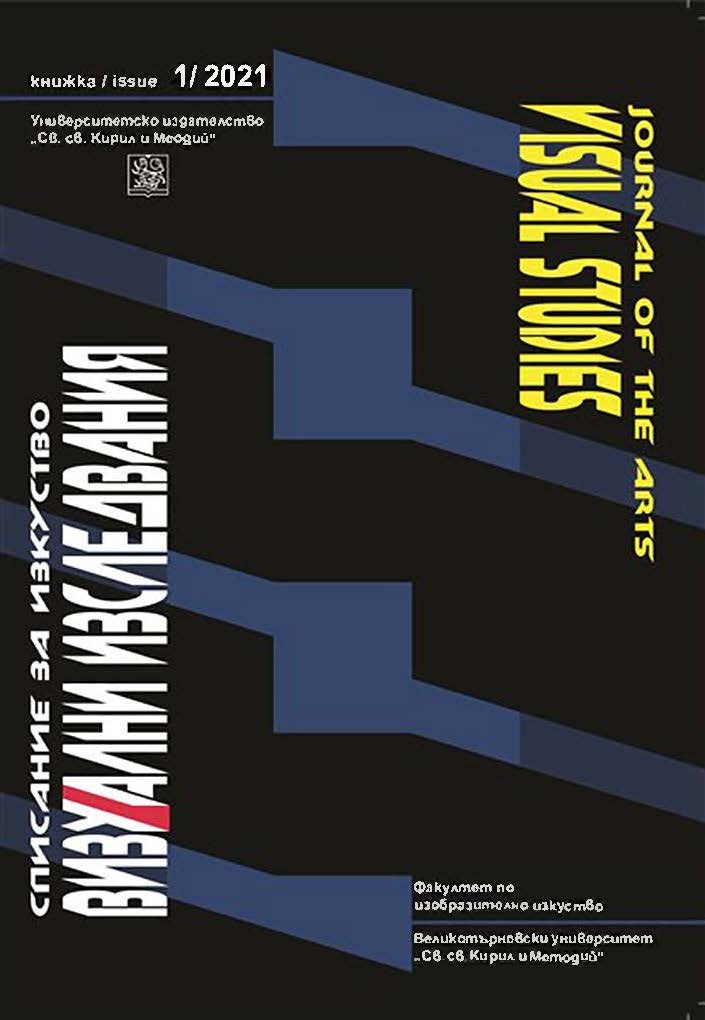Филигран – иновация на Европейското Средновековие с притежателен и естетически характер
Filigrane – Innovation of the European Middle Ages with Possessive and Aesthetic Character
Author(s): Denitsa Ivanova-AleksandrovaSubject(s): Fine Arts / Performing Arts, Visual Arts, History of Art
Published by: Великотърновски университет „Св. св. Кирил и Методий”
Keywords: filigrane; watermark; history; technology; watermark images; possession; quality
Summary/Abstract: The origin and use of filigrane in its genesis from the end of the 13th century has the purely utilitarian function of a distinctive mark, inherited from wool workshops, which put the “brand” of the manufacturer on their products. The significance of the watermark (filigrane), originally emblematic of medieval Italian paper production, isnot limited to its innovative technological nature, which clearly distinguishes it from the Eastern method of making paper, but it emphasizes creative maturity and craftsmanship independence, that transform a simple logo in a symbol with exquisite-applied qualities. The initial vision of the filigrane image, characterized by a rougher geometric appearance, subsequently reflects imagery close to medieval man, through zoomorphic, floral, human-like or tools drawing, to purely informative texts today. The development of filigrane modifies its prototype from an indicative mark to the recognition of possession in a simbol guaranteeing quality.
Journal: Визуални изследвания
- Issue Year: 5/2021
- Issue No: 3
- Page Range: 294-299
- Page Count: 6
- Language: Bulgarian

